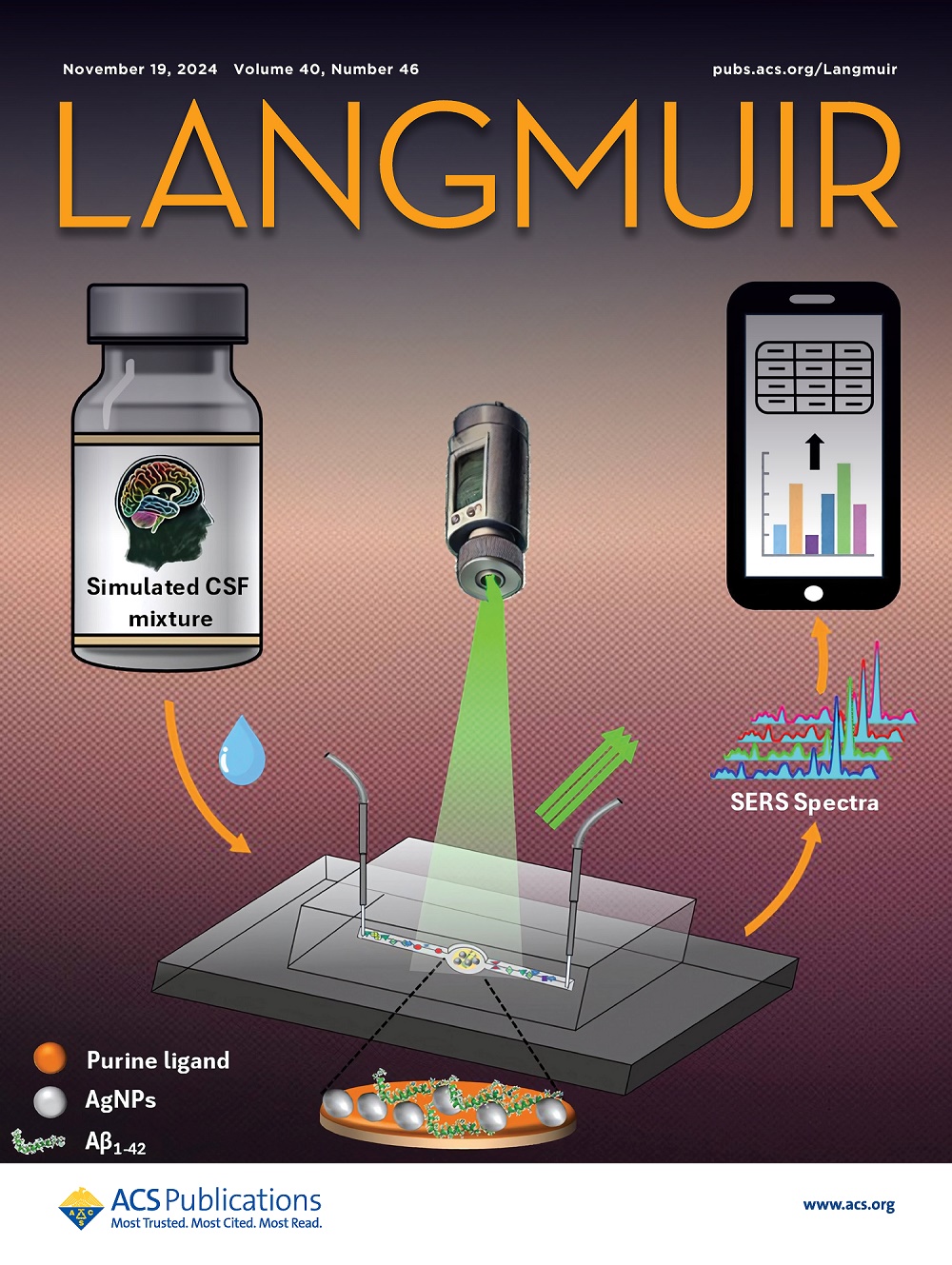Molecular Dynamics Simulation of Polymer Concrete Enhanced by Carbon Nanoparticles: Effect of Surface Functional Groups
IF 3.7
2区 化学
Q2 CHEMISTRY, MULTIDISCIPLINARY
引用次数: 0
Abstract
Polymer concrete (PC) has attracted considerable interest for its excellent deformation resistance and durability. However, the mechanical drawbacks of polymers, particularly their limited compressive strength, constrain the wider application and design flexibility of PC. While experimental techniques such as X-ray diffraction and scanning electron microscopy provide insights into nanoparticle interactions within the polymer matrix, they lack the resolution to fully elucidate nanoscale mechanisms. To bridge this gap, this study utilizes molecular dynamics (MD) simulations to analyze the shearing behavior of carbon nanoparticle (CNP)-reinforced PC composites. MD simulations allow for atomic-level insights into the interactions between CNPs and the polymer matrix, providing a more detailed understanding of how surface-modified CNPs enhance mechanical properties. Our results show that surface-modified CNPs influence the distribution and conformation of epoxy within the PC system. Amino-functionalized CNPs strengthen the epoxy and calcium silicate hydrate (C–S–H) interface by facilitating calcium–oxygen bond formation. These interactions play a crucial role in improving the mechanical properties of PC. This study provides a fundamental understanding of how surface-modified CNPs reinforce PC and offers valuable insights for optimizing the performance of CNP-reinforced cementitious composites.

求助全文
约1分钟内获得全文
求助全文
来源期刊

Langmuir
化学-材料科学:综合
CiteScore
6.50
自引率
10.30%
发文量
1464
审稿时长
2.1 months
期刊介绍:
Langmuir is an interdisciplinary journal publishing articles in the following subject categories:
Colloids: surfactants and self-assembly, dispersions, emulsions, foams
Interfaces: adsorption, reactions, films, forces
Biological Interfaces: biocolloids, biomolecular and biomimetic materials
Materials: nano- and mesostructured materials, polymers, gels, liquid crystals
Electrochemistry: interfacial charge transfer, charge transport, electrocatalysis, electrokinetic phenomena, bioelectrochemistry
Devices and Applications: sensors, fluidics, patterning, catalysis, photonic crystals
However, when high-impact, original work is submitted that does not fit within the above categories, decisions to accept or decline such papers will be based on one criteria: What Would Irving Do?
Langmuir ranks #2 in citations out of 136 journals in the category of Physical Chemistry with 113,157 total citations. The journal received an Impact Factor of 4.384*.
This journal is also indexed in the categories of Materials Science (ranked #1) and Multidisciplinary Chemistry (ranked #5).
 求助内容:
求助内容: 应助结果提醒方式:
应助结果提醒方式:


